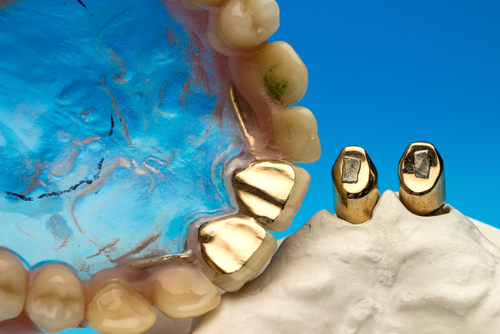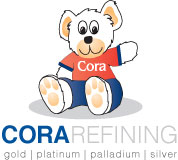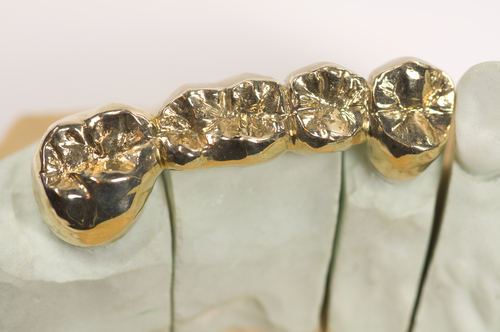As a refiner of precious metals, we see the changes in the materials used by labs and dental offices pretty quickly. One of the changes that has accelerated rapidly over the past 2 -3 years is the use of base metals (Nickel, Chrome and Cobalt are among the most popular) in dentistry.
Just the Facts, Ma’am
All alloys are predisposed to corrosion. As of 2016, there is no such thing as a perfect alloy. Each alloy is affected by various factors:
- pH
- Incorrect manufacturing technology
- Improper finishing/surface condition
- Grain size and structural heterogenity

We recently came across a study published in the book Micro and Nanotechnologies for Biotechnology. This study was published in 2016 with the main goal to find the corrosion resistance of various alloys. We should point out that this is just one study among many, but we thought the findings were worth sharing.
The study compared low gold content alloy, high gold content alloy, cobalt-Chrome alloys doped with precious metals, and laser-sintered cobalt-chromium prosthetic elements. The scientists used scanning electron microscopy and x-ray spectroscopy on fixed partial dentures for this experiment. Following is a chart of the results:
| Alloy Tested | Outcome | Cause |
|---|---|---|
| Low Gold Content | Loss of Shine/Dark Spots Loss of homogeneity near surface Surface porosity |
Incorrect alloy melting |
| High gold content | Areas bluish/black (due to copper &silver sulfides) Whitish deposits |
Incorrect Manufacturing |
| Cobalt-Chrome doped with precious metals | Low corrosion resistance (in comparison to classic cobalt-chrome alloys) *Less than 2% gold added yielded the worst results |
Heterogeneous microstructures |
| Laser-sintered cobalt-chrome prosthetic elements *fine alloy powder is sintered by a laser | Yield extremely accurate prosthetic elements but with risk of internal porosity (may lead to fracture, cracking, or corrosion) | Porosity |
Conclusions
Every alloy is prone to corrosion. The scientists who conducted this study concluded that the cobalt-chrome alloys doped with precious metals did not improve corrosion resistance (as compared to classic chrome-cobalt alloy). Further, the authors went on to cite several other studies to arrive at these conclusions:
- Elements with a high release tendency: Copper, Zinc, Nickel
- Elements with a low release tendency: Gold,Palladium
- Base dental alloys, such as cobalt-chrome, have an inferior corrosion resistance than the noble alloys
- Cobalt-chrome laser-sintering had a significant risk of internal porosity (fracturing, cracking, corrosion)
The refining process is different for each type of alloy. For example, scrap with a lot of cobalt is processed differently than scrap with a high gold content. That is why it’s so important to make sure that your refiner knows their alloys.
Sources:
Schmalz G, Arenholt-Bindslev D. Biocompatibility of Dental Materials. Springer-Verlag: Berlin/Heidelberg, 2009.,
Investigations on Dental Alloys Using Metallographic Observation, Scanning Electron Microscopy, and Energy-Dispersive X-Ray Spectroscopy can be found here.

